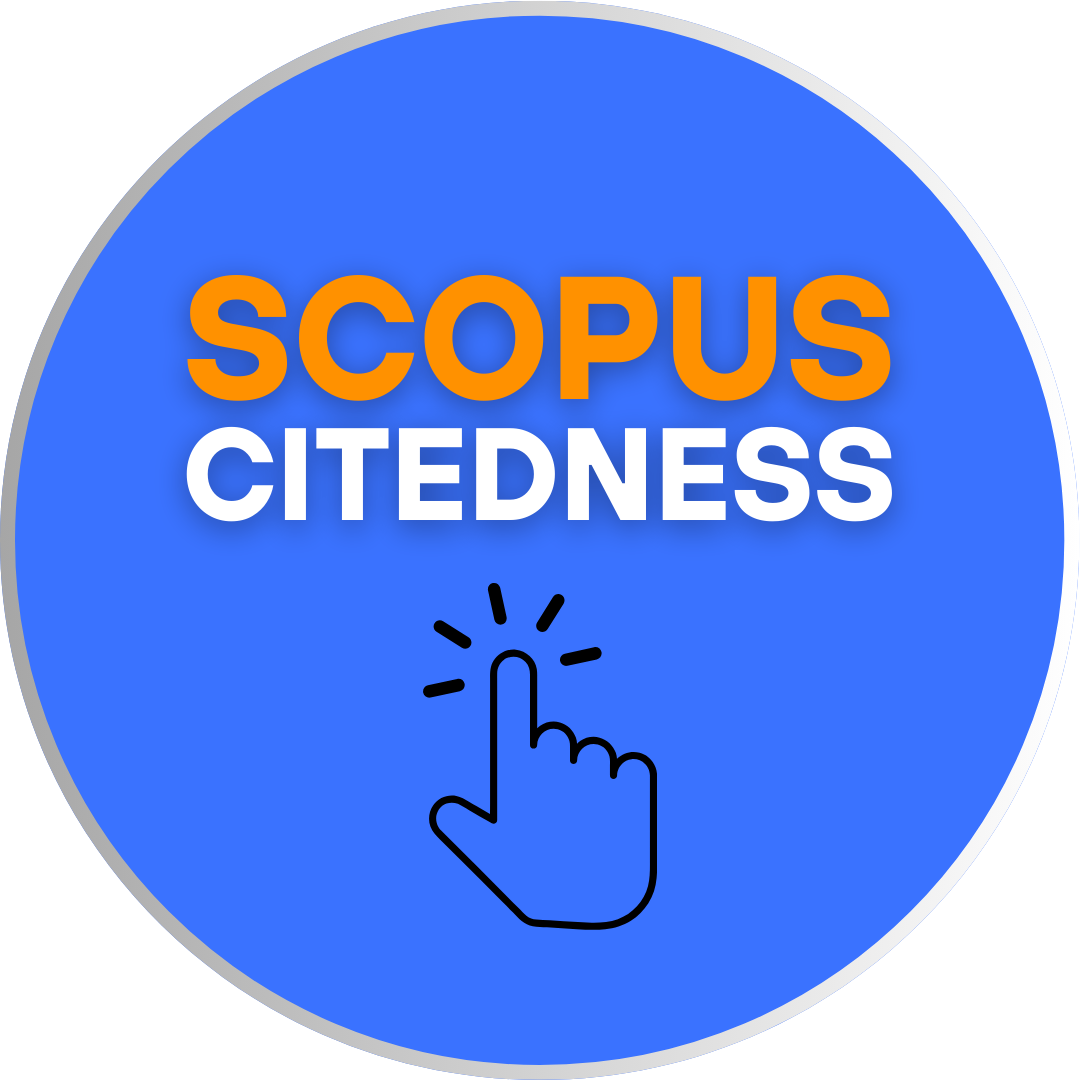Cheshm ‘eye’ Expressions in Persian: A Different Perspective
DOI:
https://doi.org/10.18592/let.v12i1.4668Keywords:
body part, eye, conceptualization, Persian expressions, metaphorAbstract
This study seeks to explore the conceptualization of the word Cheshm ‘eye’ which constructs a vast part of spoken discourse in Persian expressions. Taking a close look at a number of modern Persian expressions in Iranian culture, containing the body-part term Cheshm, one can easily become aware of lack of a definite pattern in those expressions. Given that this shortage makes a lot of misunderstandings among non-native speakers, the present exploration is done as a kind of a qualitative research which is based on a library-oriented study as well as general and theoretical scholarship that aims to bridge the gap by categorizing the conceptualization of the word Cheshm ‘eye’ under the classification of desire and ambition, vice versus virtue, hope and expectation, affection versus aversion as well as vision and outlook. After the introduction of Persian expressions and the context in which they are used, the assumed cultural factors which are thought to have motivated such conceptualizations are discussed. It is hoped that the study at hand aids anyone learning Persian as a second/foreign language in order to better understand the expressions and also shed enough light on some of the major aspects of conceptualization of the body-part term Cheshm ‘eye’ in Persian language.References
Abrams, M. H. (1999). A Glossary of Literary Terms. (7th Ed.). New York: Cornell University.
Anvari, H. (2011). Kenayate Sokhan. Sokhan Publications, Tehran. Iran.
Arianpoor, A. and Arianpoor, M. (2000). The Pocket Persian English dictionary. Amir Kabir Publications. Tehran.
Baba Taher. (2002). Dobeytiha. Ganjineh Publication, Tehran. Iran.
Bloomfield, L. (1933). Language. New York: Hold, Rinehart.
Crystal, D. (1991). A Dictionary of Linguistics and Phonetic. Cambridge: Basil. Blackwell Ltd.
D'Andrade, R. (1987). A folk model of the mind. In D. Holland & N. Quinn (Eds.), Cultural models in language and thought (p. 112–148). Cambridge University Press.
Dehkhoda, A. A. (2012). Amsalo Hekam. Volume1. Amir Kabir Publication. Tehran. Iran.
Hatef Isfahani, A. (2015). Divane Ash'ar. Negah Publication. Tehran. Iran.
Lakoff, G. and Johnson, M. (1980). Metaphors We Live By. Chicago: The University of Chicago Press.
Lakoff, G. and Johnson, M. (1999). Philosophy in the Flesh. The Embodied Mind and Its Challenge to Western Thought. New York: Basic books.
Lakoff, G. and Kovecses, Z. (1987). The Cognitive Model of Anger Inherent in American English. In D. Holland and N. Quinn (eds.), Culture Models in Language and Thought. Cambridge: Cambridge University Press. 195-221.
Nordquist, R. (2020, October 17). What "Literal Meaning" Really Means. Retrieved from https://www.thoughtco.com/literal-meaning-language-1691250
Palmer, G. B. (1996). Toward a Theory of Cultural Linguistics. Austin: University of Texas Press.
Quinn, N. (1987). Convergent evidence for a cultural model of American marriage. Cultural Models in Language and Thoght. Dorothy Holland, and Noami Quinn(eds.). 173-192. New york: Cambridge University Press.
Quinn, N. and Dorothy, H. (1987). Introduction. Cultural Models and Thought. Dorothy holland, and Naomi Quinn (eds). 3-40. New York: Cambridge University Press.
Reyshahry, M. (1989). Mizanolhekmat. Volume10. The Center of Islamic Proselytizing Publication. Iran.
Sa'adi Shirazi, M. (2013). Golestan. Kharazmi Publication. Tehran. Iran.
Sepehri, S. (2001). Hasht Ketab. Tahoury Publication, Tehran. Iran.
Sharifian, F., Dirven, R., Yu, N., & Niemeier, S. (2008). Culture, Body, and language: Conceptualizations of internal body organs across cultures and languages. Walter de Gruyter, Berlin. New York.
Yule, G. (1947). The Study of Language. Cambridge, UK: Cambridge University Press.
Downloads
Published
How to Cite
Issue
Section
License
Copyright (c) 2022 Muhammad Salehi

This work is licensed under a Creative Commons Attribution 4.0 International License.
Authors who publish with this journal agree to the following terms:
- Authors retain copyright and grant the journal right of first publication with the work simultaneously licensed under a Creative Commons Attribution License that allows others to share the work with an acknowledgement of the work's authorship and initial publication in this journal.
- Authors are able to enter into separate, additional contractual arrangements for the non-exclusive distribution of the journal's published version of the work (e.g., post it to an institutional repository or publish it in a book), with an acknowledgement of its initial publication in this journal.
- Authors are permitted and encouraged to post their work online (e.g., in institutional repositories or on their website) prior to and during the submission process, as it can lead to productive exchanges, as well as earlier and greater citation of published work.
LET (LINGUISTICS, LITERATURE, AND LANGUAGE TEACHING) http://jurnal.uin-antasari.ac.id/index.php/let/index licensed under a Creative Commons Attribution 4.0 International License.
















